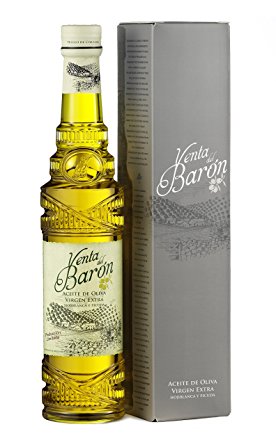 Studies published in 'Food Chemistry' show that adding phenol-rich olive oil to breakfast successfully lowers the inflammation linked to 'metabolic syndrome'.
Studies published in 'Food Chemistry' show that adding phenol-rich olive oil to breakfast successfully lowers the inflammation linked to 'metabolic syndrome'.
Inflammation is associated with metabolic syndrome, an increasingly common condition characterised by the presence of three of the following pathologies in an individual: obesity (particularly abdominal fat), high blood pressure, a low level of “good” HDL cholesterol, high fasting blood sugar and a high level of triglycerides. Left untreated, metabolic syndrome can trigger diabetes, stroke and heart disease.
The studies brought together forty-nine patients with metabolic syndrome added 40 ml of high-, medium- or low-phenol virgin olive oil to their breakfast. The high-phenol olive oil (398 parts per million) breakfast neutralised pro-inflammatory gene expression in patients while reducing pro-inflammatory cytokines in blood plasma. The result was an overall lower level of post-meal inflammation.
 Phenols — phytochemicals found in plant-based foods such as olives, coffee, tea, and chocolate — have been enjoying the nutritional limelight as an increasing number of health-related benefits are revealed. While the lion’s share of studies to date focus on their anti-oxidant benefits, growing evidence shows that phenols also reduce inflammation.
Phenols — phytochemicals found in plant-based foods such as olives, coffee, tea, and chocolate — have been enjoying the nutritional limelight as an increasing number of health-related benefits are revealed. While the lion’s share of studies to date focus on their anti-oxidant benefits, growing evidence shows that phenols also reduce inflammation.
Chronic low-grade inflammation precedes and predicts the onset of diabetes in adults with metabolic syndrome and researchers believe it plays a similar role in cardiovascular disease. It is estimated that over 30 percent of all adults in the USA have metabolic syndrome, a phenomenon seen in another western countries and quickly spreading to developing countries including India, China and Brazil.
These studies add valuable information on understanding how phenols reduce inflammation by modulating cell signaling pathways and suggests that a breakfast that includes phenol-rich olive oil helps alleviate inflammation associated with metabolic syndrome and related diseases.
One way of knowing that your olive oil is high in Phenols is its taste. Phenols give olive oil its bitter taste, so the bitterer it is the more phenols it has. Examples of varieties that are high in phenols are Picual, Cornicabra, Hojiblanca and Empeltre. In supermarkets, you will more readily find Picual, Hojiblanca and Cornicabra.